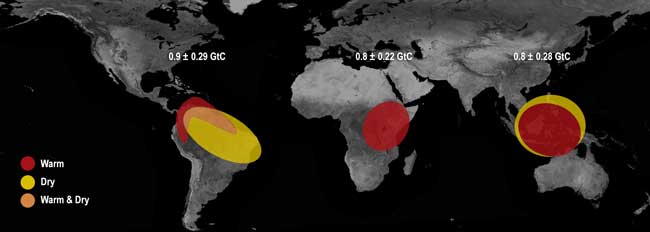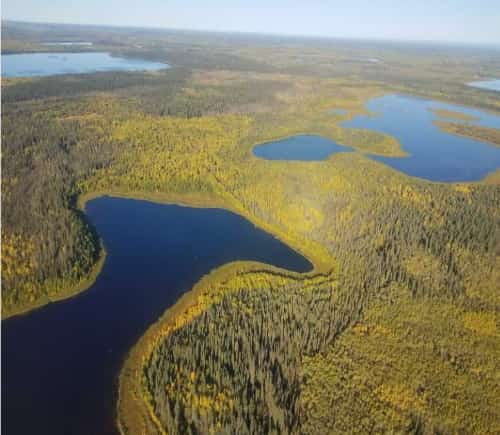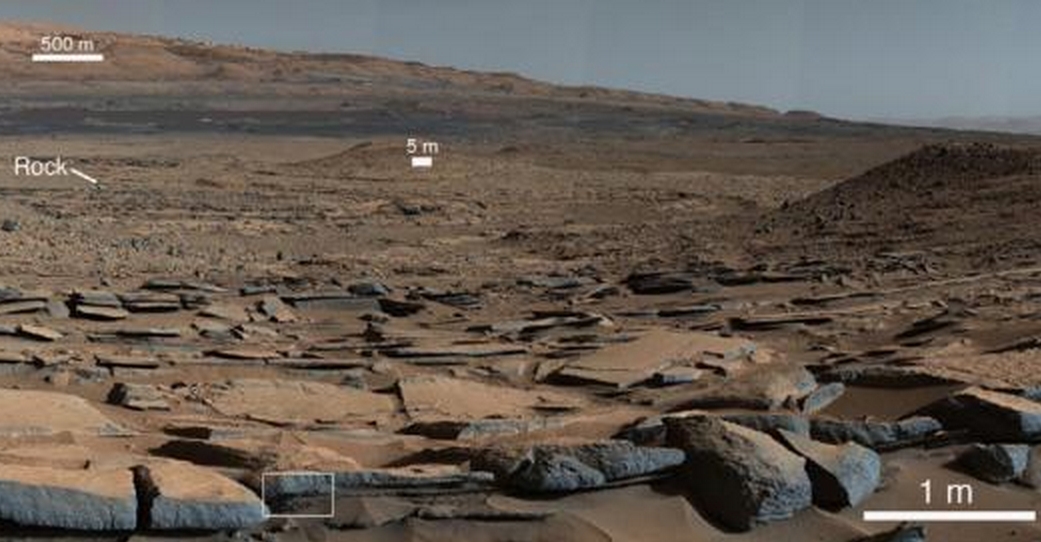A new study reveals that a significant amount of carbon released into the atmosphere from lakes and rivers in Southern Québec, Canada, is very old – approximately 1,000 to 3,000 years old – challenging the current models of long-term carbon storage in lakes and rivers.
A new study reveals that a significant amount of carbon released into the atmosphere from lakes and rivers in Southern Québec, Canada, is very old – approximately 1,000 to 3,000 years old – challenging the current models of long-term carbon storage in lakes and rivers.
Previous studies have suggested that there is a tight coupling between the terrestrial and aquatic environment such that aquatic bacteria rapidly consume modern carbon. The new findings of the respiration of old carbon in aquatic systems suggests there may be significant lags in the coupling between these systems and further represents an additional, unaccounted for source of carbon dioxide to the atmosphere.
It is well established that bacteria in northern waters process carbon from their terrestrial surroundings. But the findings from Virginia Commonwealth University in Richmond, Va., and Université du Québec à Montréal in Montreal, Canada, challenge the widely held belief that older carbon sources are not available to bacteria and have been largely removed from the carbon feedback loop between earth and air.
In a new study published online this week in the Early Edition of the Proceedings of the National Academy of Sciences, S. Leigh McCallister, assistant professor of biology in the VCU College of Humanities and Sciences and the VCU Center for Environmental Studies and an affiliate faculty member in the VCU Rice Center, and Paul A. del Giorgio, Ph.D., professor in the Department of Biological Sciences at the Université du Québec à Montréal, used radiocarbon dating to assess the age of carbon respired by bacteria and released into the atmosphere as carbon dioxide. They observed that some of the carbon consumed dated as far back as 1,000 to 3,000 years.
|
|
While these findings are regional, McCallister and del Giorgio noted that if most northern waterways are likewise selectively processing older carbon, the global output of carbon dioxide from these ancient sources could be significant. Carbon dioxide is a greenhouse gas and its increase in the atmosphere provides a positive feedback to climate change, meaning it amplifies it.
“While it is not clear if this release of ancient carbon is new or related to anthropogenic climate change, it supplies an additional source of carbon dioxide to the atmosphere,” said McCallister.
“This study illustrates the need to incorporate the potential processing of pre-aged, or older, carbon sources into current carbon models,” she said.
This study was supported by grants from the National Science Foundation DEB 0820725, the National Science and Engineering Research Council of Canada, Hydro-Québec, and the Fonds Quebecois de la recherche sur la nature et les technologies.
Source: VCU News




